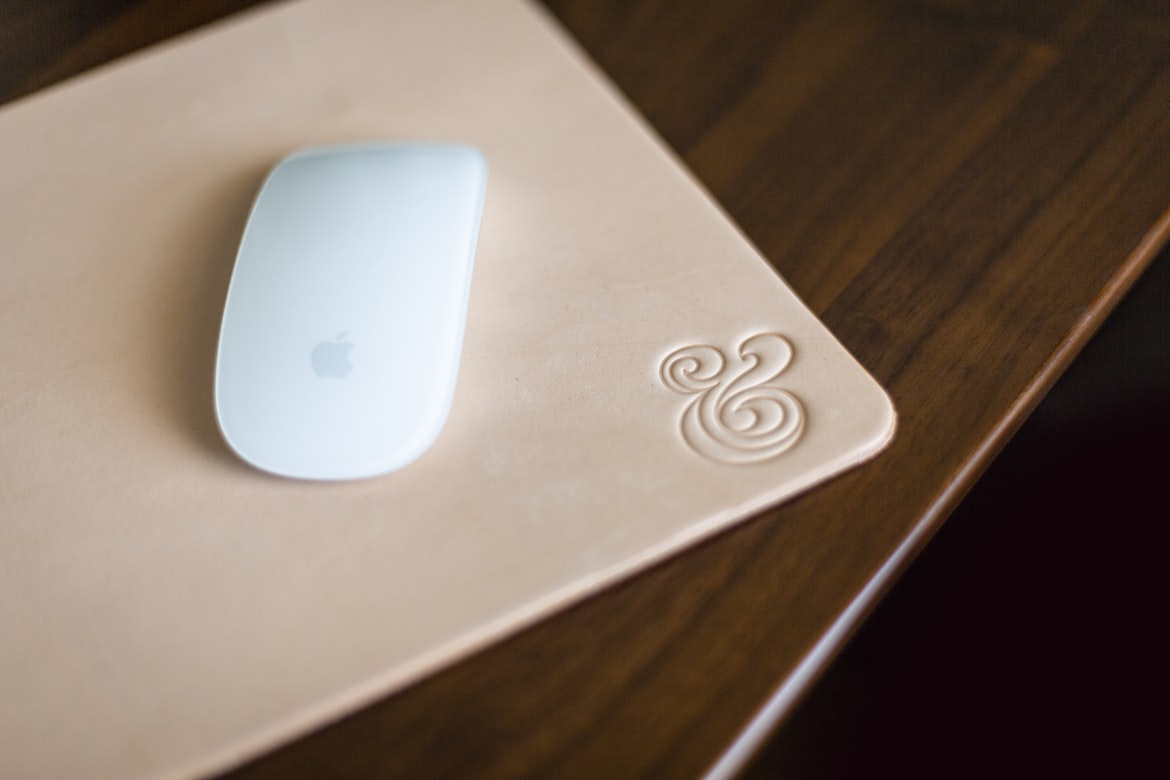Vegan leather is a material that's made without using any animal products. It's often made from plastic, like PVC, or from natural materials like cork. One popular type of vegan leather is made from pineapple leaves. The texture of vegan leather is similar to real leather, but is often lighter and softer. Vegan leather can be less expensive than real leather because it doesn't require animal products to be produced; however, there are ethical concerns that come with the production of vegan leather because it's usually made with synthetic fabrics like polyurethane and PVC that require harmful chemical processes in order to be manufactured."
Vegan leather is a fabric that's made without using any animal products.
Vegan leather is a fabric that's made without using any animal products. It's often used to make handbags, shoes and other accessories. The material can be made from various materials such as polyurethane (PU) or polyvinyl chloride (PVC), but it's not real leather.
There are a couple of different ways to make vegan leather:
- An existing material is used in its natural form, but it's dyed to look like an animal skin or hide. For example: A plastic bag is dyed brown and covered with a layer of silicone oil to give it the appearance of suede or nubuck.
- New materials are created using chemical processes in which no animal products are involved at any stage of production or processing—including dying and tanning methods used by traditional leather manufacturers. For example: Polyurethane foam pellets are processed into sheets that mimic reptile scales; synthetic fur fibers are woven into fabrics similar enough to genuine furs that they pass visual inspection when applied over them (though often with less durability); plastics coated with pigmented resins can replicate various types of exotic hides such as crocodile prints; faux-suedes often contain nylon fibers mixed with cotton threading; some fabrics aim for more accurate replications than others do (for instance, artificial python snakeskin looks much more realistic than artificial lizard snakeskin).
Vegan leather is sometimes made from plastic, like PVC, or from natural materials like cork.
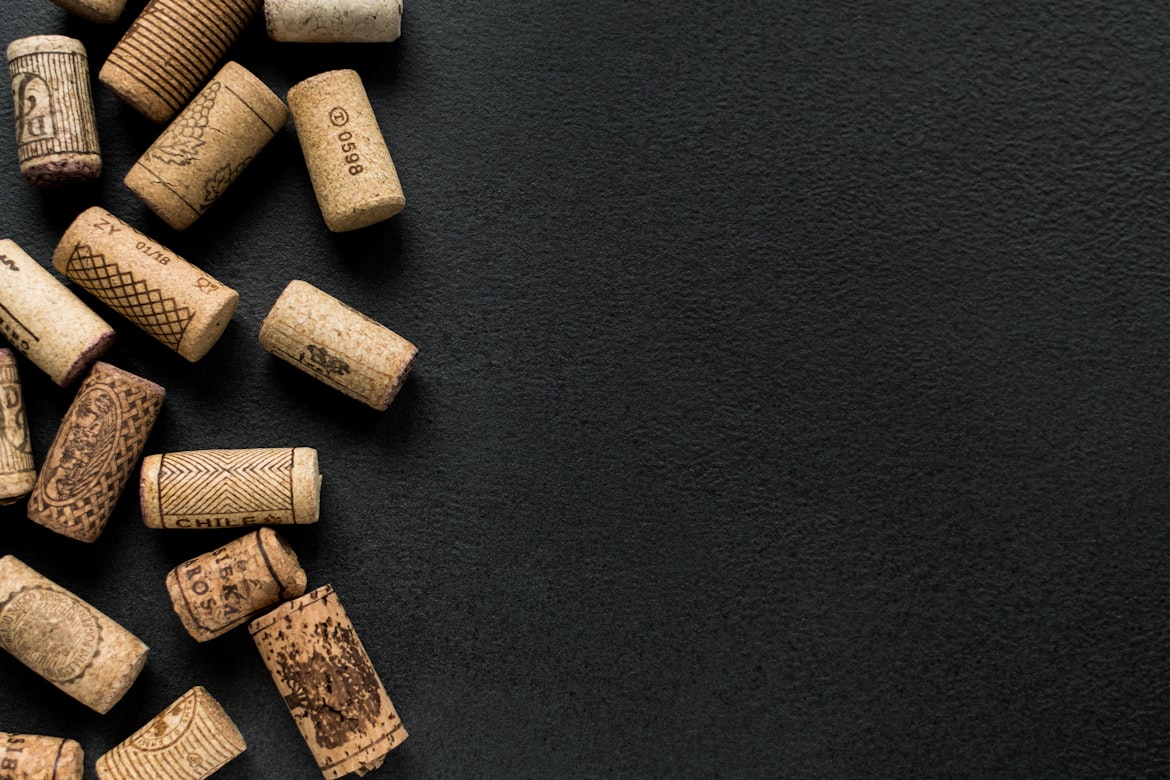
There are many different kinds of vegan leather. Some of it is made from plastic, like PVC, and some of it is made from natural materials like cork. The best thing to do is to ask the company that produced your vegan leather bag or shoes what kind of material they used.
Sometimes vegan leather is called "faux leather" or "pleather."
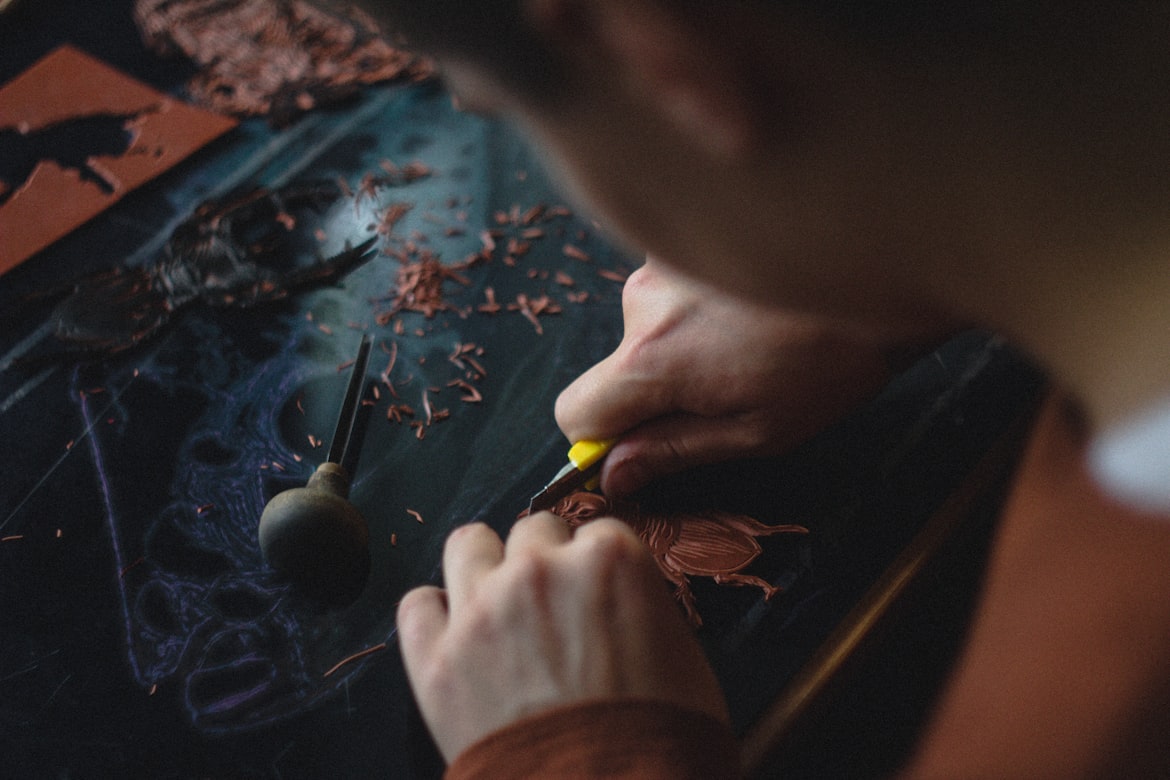
The term "pleather" is often used to describe vegan leather, but it's not a word that the industry uses. The use of the word "pleather" can be confusing because it's usually only applied to fake leathers that are made from plastic and polyurethane.
In fact, there is no official definition for what constitutes vegan leather vs. vegan-friendly or animal-friendly materials in general. Some people prefer to call all animal-friendly products "vegan," but others prefer not to use this label at all if they believe it misrepresents the material or helps perpetuate misinformation about how it's produced.
It has become common in fashion.

In the past few decades, vegan leather has become more common in fashion. Vegan leather is made from synthetic materials and is often less expensive than real animal leather.
Vegan leather may be lighter, softer and easier to care for than real animal leather. It also doesn't require the slaughter of animals or their use as living resources--both of which are ethical concerns for many vegans and vegetarians.
The texture of vegan leather is similar to real leather, but is often lighter and softer.

Vegan leather has a texture similar to real leather, but it's often softer and lighter. The texture can also be more flexible than real leather. It's important to know that the texture of vegan leather will not wear out as quickly as real leather—in fact it can last longer!
Just like with any product, the quality of your vegan goods will depend on the materials used. If you're looking for something that feels like butter in your hands (but doesn't melt), then choose high-quality vegan items made from durable fabrics such as polyurethane or polyvinyl chloride (PVC).
One popular type of vegan leather is made from pineapple leaves.
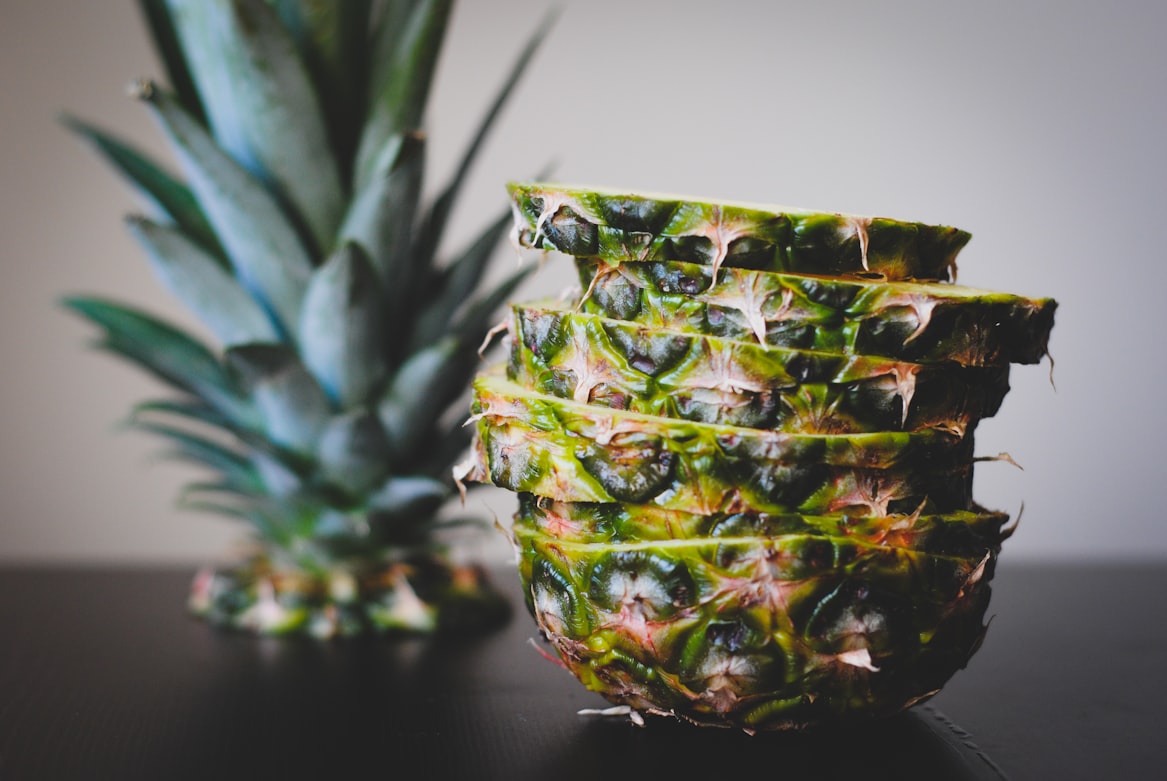
One popular type of vegan leather is made from pineapple leaves. This material is called Piñatex™, and it's a sustainable leather alternative that can be used to make a variety of products including shoes, bags, wallets and more.
This material is created by taking the fibers left after the fruit has been harvested (called leaf sheaths) and processing them into a durable fabric. The result is a soft textile that feels similar to animal-based leather but doesn't require slaughtering animals in order to produce it!
Since this fabric is made with all-natural products, it's great for people who want an environmentally friendly fashion item without sacrificing on style or durability. Plus there are plenty of stylish choices available through companies like Stella McCartney and Vivienne Westwood—so why not go ahead and try out something new?
Vegan leather can be less expensive than real leather.
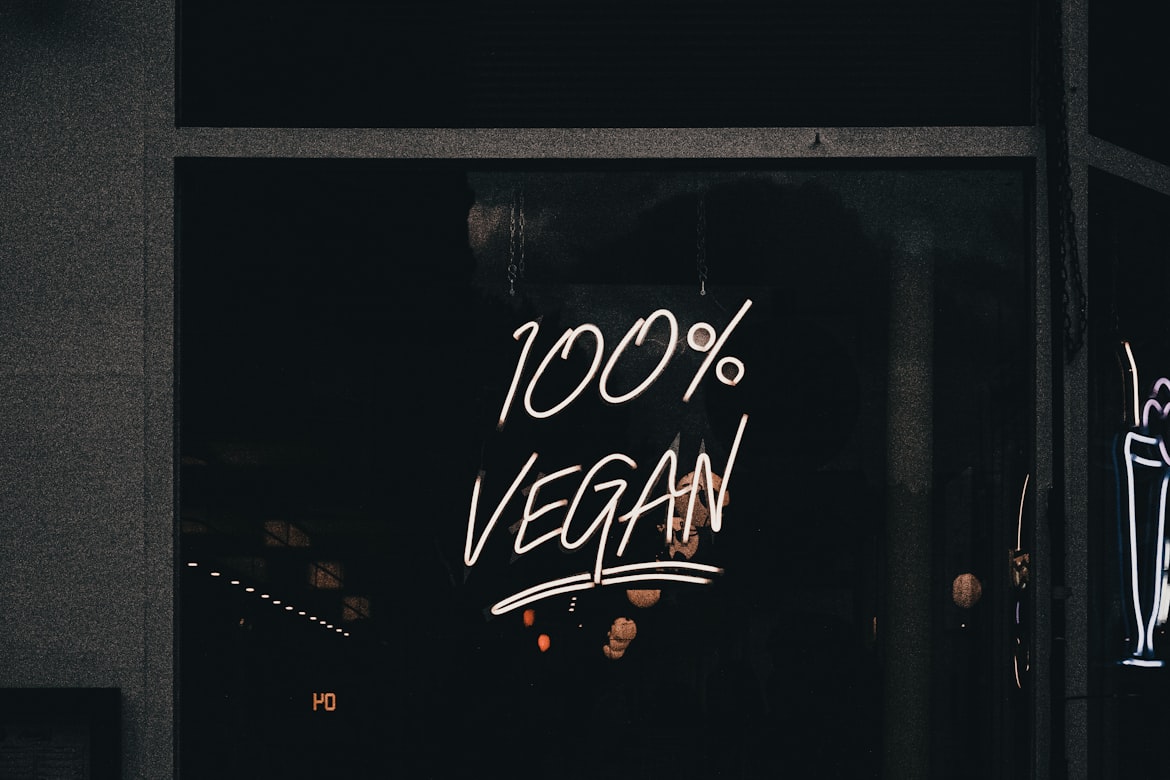
While vegan leather can be more expensive than real leather, it's not always the case. In fact, when you're talking about high-end vegan products (like shoes and wallets), you might find that they're actually cheaper than their real-leather counterparts!
You might be wondering how this is possible. The answer lies in the fact that most vegan leathers are made with synthetic fabrics like polyurethane and PVC. These materials require harmful chemical processes in order to be manufactured, which can drive up production costs. When these costs are passed on to consumers, they end up paying more for their goods than if they'd opted for an item made from natural fabrics such as cotton or wool instead of faux fur (which also happens to involve animal cruelty).
However, some lower quality faux furs have become popular among consumers due in part because they tend towards being less expensive than alternatives such as natural woolens."
Vegan leather is also often easier to care for than real leather, lasting longer because it doesn't stain or crack as easily.

Vegan leather is also often easier to care for than real leather, lasting longer because it doesn't stain or crack as easily. This is because vegan leather can't be made from animal products, so it lacks the oil and fat that causes stains and cracks in real leather. Instead, vegan alternatives are typically made from polyurethane or polyvinyl chloride (PVC), which is less prone to cracking.
However, even though it may not look as good after some time, you can still keep your vegan pair of shoes looking great for a long time if you clean them regularly with a damp cloth and some mild soap solution.
Vegan leather is more sustainable than real leather.

Vegan leather is a byproduct of the meat industry. Vegetable tanned leather, which is what most vegan leather is made from, comes from the tanning process (where animal skins are turned into leather) that occurs as a result of killing animals for their meat. Because no animals have to be killed for vegan leather to be made, it's more sustainable than real leather.
Ethical concerns

There are ethical concerns that come with the production of vegan leather because it's usually made with synthetic fabrics like polyurethane and PVC that require harmful chemical processes in order to be manufactured. These chemicals can be hazardous to workers, as well as animals used in testing.
The most common issue is the use of animal fat in leather tanning, which is a process used to turn raw animal hides into usable leather. You might think this would apply strictly to vegans who avoid all animal products, but even if you're not vegan and just want to buy an ethically-made bag or wallet made from faux hide, there's still a chance that some cows were harmed during the process—even if they didn’t die for their skin!
Taking care of it

Taking care of your vegan leather will give you the longest life out of your product.
Please use a damp cloth to clean it. Do not use harsh chemicals or abrasives as this could damage the fabric and shorten its lifespan. Do not leave it in direct sunlight for extended periods of time, especially if you're wearing it in summertime - this is when they tend to get too hot! The same goes for leaving them in a car on hot days: keep them covered up when possible, but don't let them sit directly against the window or dashboard where they can overheat too much by trapping in all that heat! If you love snow and enjoy long walks through snowy fields (or just want to avoid an angry dog!), remember that snow is cold water so avoid leaving your vegan leather shoes or boots out when there's snow falling around them! Finally, avoid leaving your vegan leather items outdoors during winter months if at all possible because although they may be waterproof (and therefore won't melt), being exposed 24/7 can cause some serious damage over time due to freezing temperatures changing their shape slightly each night - which means less room for movement as well as possible cracks appearing between stitches where there shouldn't be any....
When buying vegan leather, make sure you know what it's made of and where it's from.
When buying vegan leather, make sure you know what it's made of and where it's from.
The only way to be certain that a product is 100% vegan is to do your own research and ask questions. If the store personnel don't know the answer to your questions or they're not willing to give you a straight answer, then go somewhere else! There are plenty of other stores who want your business and will provide information about how their products are made.
Vegan leather can come from several sources: plant-based materials such as pineapple leaves, eucalyptus trees or cork bark; synthetics like polyurethane or polyvinyl chloride (PVC); petroleum based synthetics like vinyl chloride; animal skins like cowhide (which can still be called "vegan" if no animal byproducts were used during its production).
Vegan leather can be durable and long-lasting when properly cared for
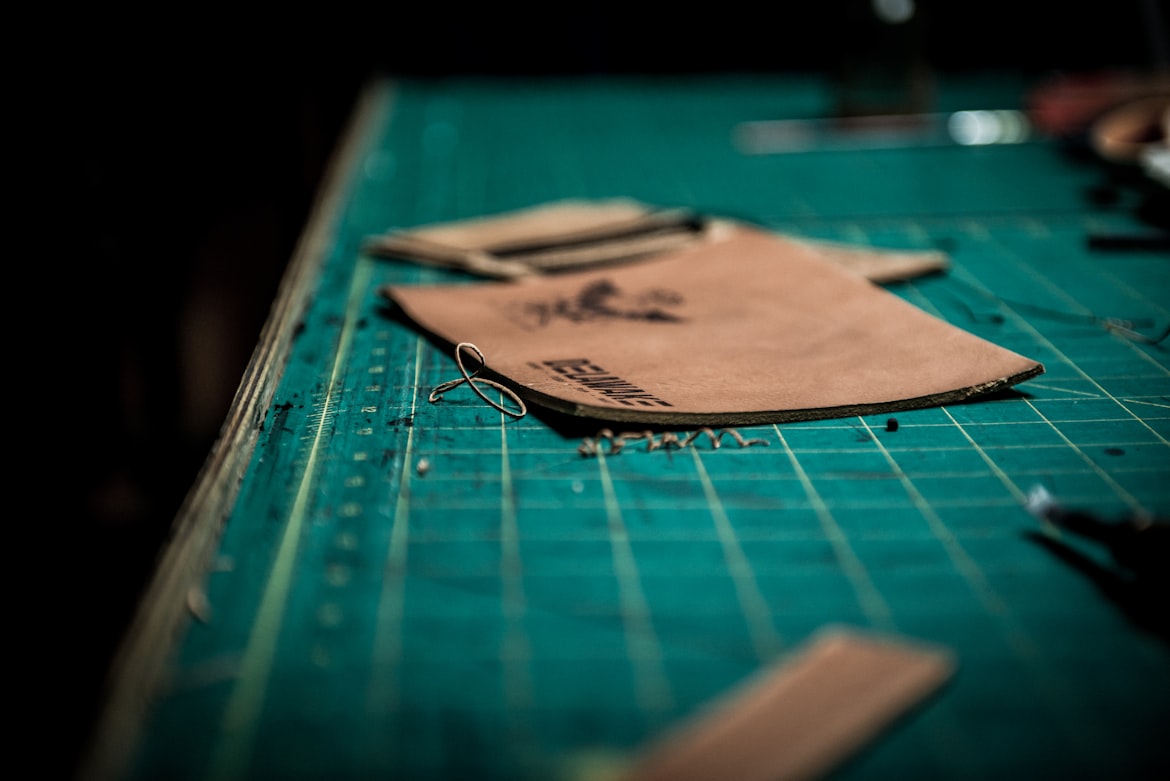
Vegan leather can be durable and long-lasting when properly cared for. It's made from various types of polymers, including polyurethane (PU), polyvinyl chloride (PVC) and synthetic leathers that look like the real deal. Some are more animal-friendly than others, but all can last for years with proper care.
- To clean your vegan leather bag, wipe it down with a damp cloth to remove dirt and stains. You may also want to use some mild soap or a gentle cleaning agent if you have particularly stubborn stains on your bag or if you have no other option than water alone. If you do this regularly throughout the year—or at least once per season—your bag will remain looking great well into its retirement years!
- Avoid placing too much stress on any part of your vegan leather bag; this could damage the material beyond repair over time due to premature wear-and-tear caused by excessive pressure applied against certain areas during normal use (for example: sitting down with an unbalanced load inside). Try not too carry heavy items at all times! This will help protect both yourself and others around you who might otherwise suffer serious injuries when struck by stray objects falling out of your pockets while walking through crowded areas downtown after work hours without noticing anything amiss until later that evening…
We hope that this article has helped you understand what vegan leather is and why it's a better choice for the environment. If you're looking to buy any new products made from leather, we recommend trying out some vegan leather options before deciding on something else. It might not be for everyone, but if you're looking for an ethical alternative to traditional animal skins then there are plenty of great options out there!
